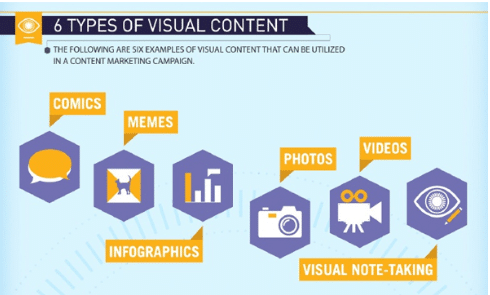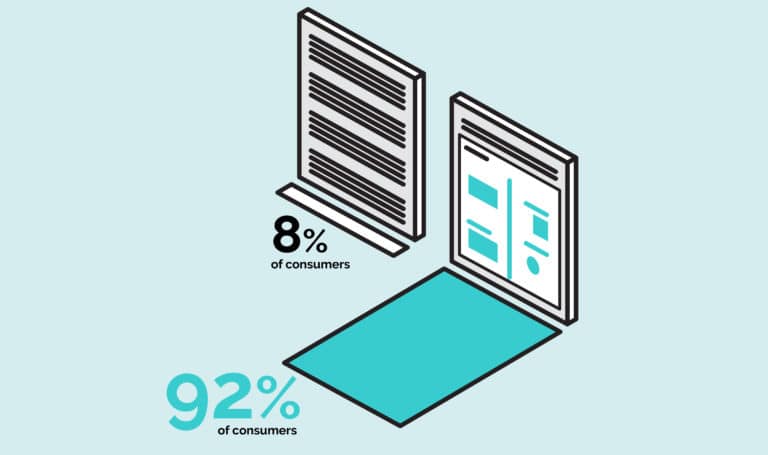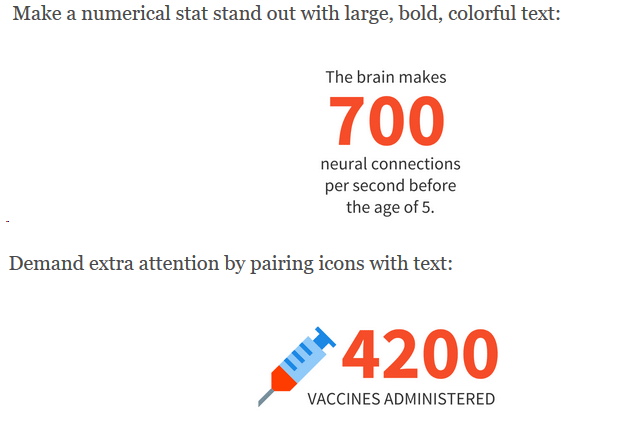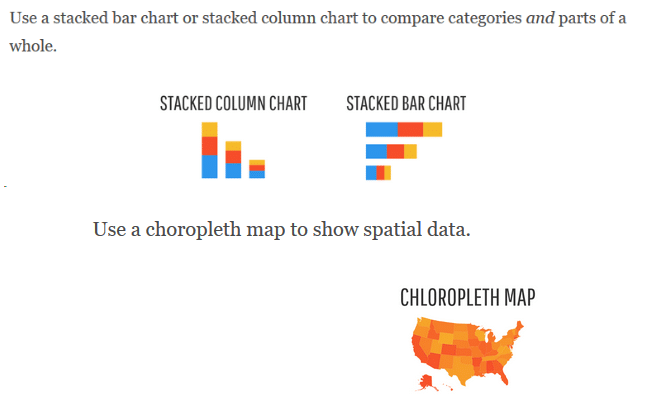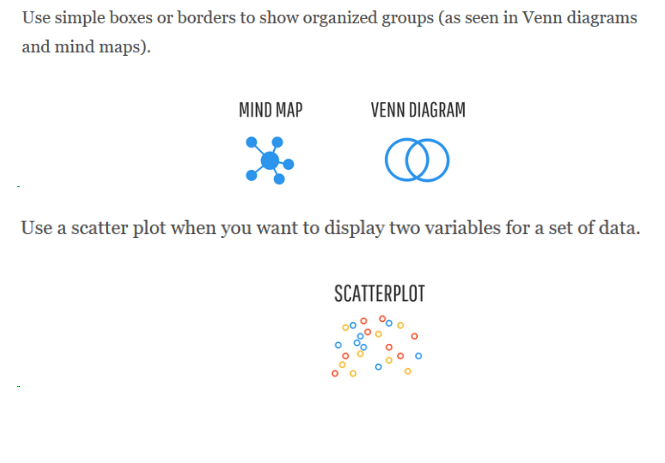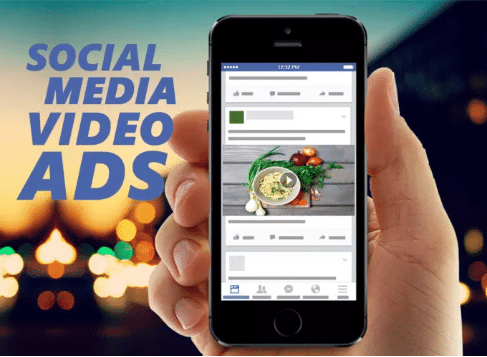Visual storytelling is the key to effective content marketing.
You know that creating quality content is key to grabbing your audience’s attention. You know that targeting certain keywords is essential to having high search engine rankings and strong brand awareness. With everyone aboard the quality content, keyword-targeted wagon, you have to find a way to shine a light on your brand. And this light has to be so bright that it outshines your competitors. So how can you do this? Through visual storytelling.
Visual storytelling has the potential to build links, increase brand awareness, achieve higher conversions, and drive sales. You can employ visual storytelling through a wide variety of formats, including infographics, explainer videos, whiteboard animations, images, and more.
A simple tweet with an image is likely to receive 150% more retweets than the same tweet without an image.
View rates increase by nearly 90% when a business blog post or article has images. For news articles, view rates increase by more than 120% when the content contains images.
90% of people shopping online like to watch a product video because it helps them with their purchase decision. People like stories — only 8% of consumers prefer advertisements in the form of only text. The other 92% of consumers want brands to advertise to them through visual storytelling.
Simply put, using visuals for marketing should be a priority and not a consideration. Let’s take a closer look at visual storytelling and how you can create original, high-converting visual content to connect with your audience.
What Is Visual Storytelling?
4.6 billion new pieces of content are published each day online. To stay ahead of the competition, you’ll need to share your marketing messages — your stories — through visual media.
“A visual narrative is a story told primarily through the use of visual media. The story may be told using still photography, illustration, or video, and can be enhanced with graphics, music, voice and other audio.”
The process of creating visual stories starts with story making, followed by story visualizing, and then the actual storytelling.
The key to effective visual storytelling is to make your audience the hero of the story. Don’t make the story about you and your product. Make it about the audience’s needs and pain points. More importantly, tell the story in a way that evokes emotion. In doing so, you’re creating much more than a story. You’re creating a memorable experience.
You can use stock photos to boost engagement through storytelling, but nearly 42% of marketers agree that original graphics have the best performance rates. If you’re not a visual marketing company, though, you’re probably wondering how to create visuals.
Here’s the truth. Creating original visuals takes time, and in some instances, a lot of money. Many brands leave their visual creations in the hands of professional visual content creators.
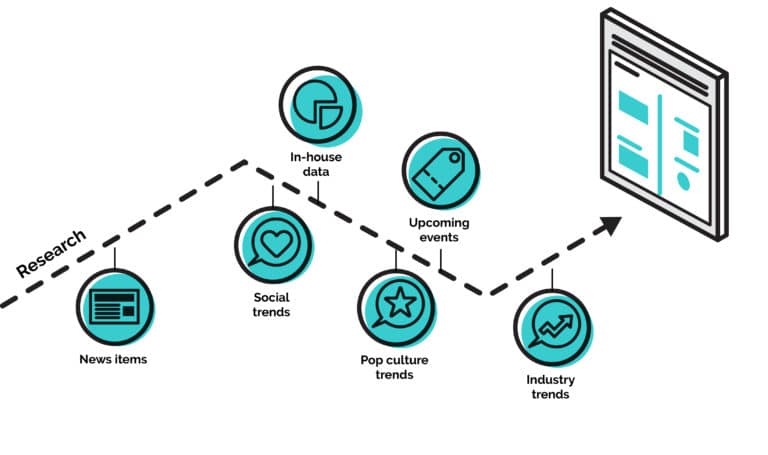
If you’re taking the route of creating your own visuals, make sure you follow our helpful tips outlined below.
Creating Original Infographics
There are lots of free-to-use infographic templates for you to choose from. Before choosing an infographic template, though, it’s best to conduct your research and put together the content you’re going to use. This will help you when you’re choosing an infographic template.
Always use reputable sources when creating content for an infographic. There are lots of ways to gather credible content, including from .edu and .gov websites and data repositories like Statista, Pew Research, and Google Trends Datastore.
Next, upload your content into the infographic template, adding superscripts where applicable to make it easy to include sources at the bottom in a footnotes section. Keep text to a minimum while using visuals to bring life to the minimal text you do need to use.
Here’s a look at easy ways to visualize text for your infographic:
Once the content and graphics are uploaded into the infographic template, make sure the text and visuals flow nicely. This usually requires using lots of white space to separate each stat or section of content.
Include an introduction and conclusion, ensuring that the conclusion has a CTA. Be picky with the fonts and colors you use, and make sure they align with your visual identity.
Lastly, upload the infographic to your site and share it across social media to boost your credibility and increase traffic. Then submit it to infographic submission sites to increase its reach. Also, make sure it includes an embeddable code so others can share it on their site, which will build a backlink to your site.
Creating Original Whiteboard Animation Videos
To create a whiteboard animation video, make sure to:
- Choose a whiteboard animation video maker
- Create the script, directing it directly toward the viewer
- Focus your message around the audience’s pain point and not your product
- Create at least one animated character
- Keep things simple and clean and always include a drawing hand, as this is a signature characteristic of a whiteboard animation
- Add splashes of color and use color psychology to evoke emotion
- Use continuous and interconnected drawings to ensure the audience doesn’t lose focus
- Add a CTA at least once throughout the video
- Record the voiceover
Creating Original Social Media Video Ads
You can use both whiteboard animations and explainer videos as social media video ads. If you want to create a video featuring an actual person or live event as the visual for your ad, follow these tips:
- Shoot 30 to 90 seconds of video
- Don’t shoot vertical video
- Use a tripod
- Don’t use the zoom
- Light your video and eliminate shadows
- Use the exposure lock
- Place the microphone close to the subject
- Use a clip-on lens adapter for wider shots
- Be careful with using slow motion
- Edit on your computer or phone using editing software
- Record your voiceover, if applicable
- Use live-action video bumpers
- Include a CTA, preferably multiple times throughout the video
Partner With a Visual Marketing Company
Partner with a visual marketing company to ensure your visual storytelling efforts achieve a high ROI. This type of company understands the complexity of creating effective and original visuals that move the audience through the buyer’s journey. Plus, with a team of professional visual content creators creating your visuals for you, you’ll have time and resources to focus on other core marketing objectives.
Empowering your audience with visual content is an investment that pays off. Your visual assets can be used for multiple purposes and are a sure-fire way to generate leads. Are you ready to create memorable experiences for your audience through visual storytelling?


